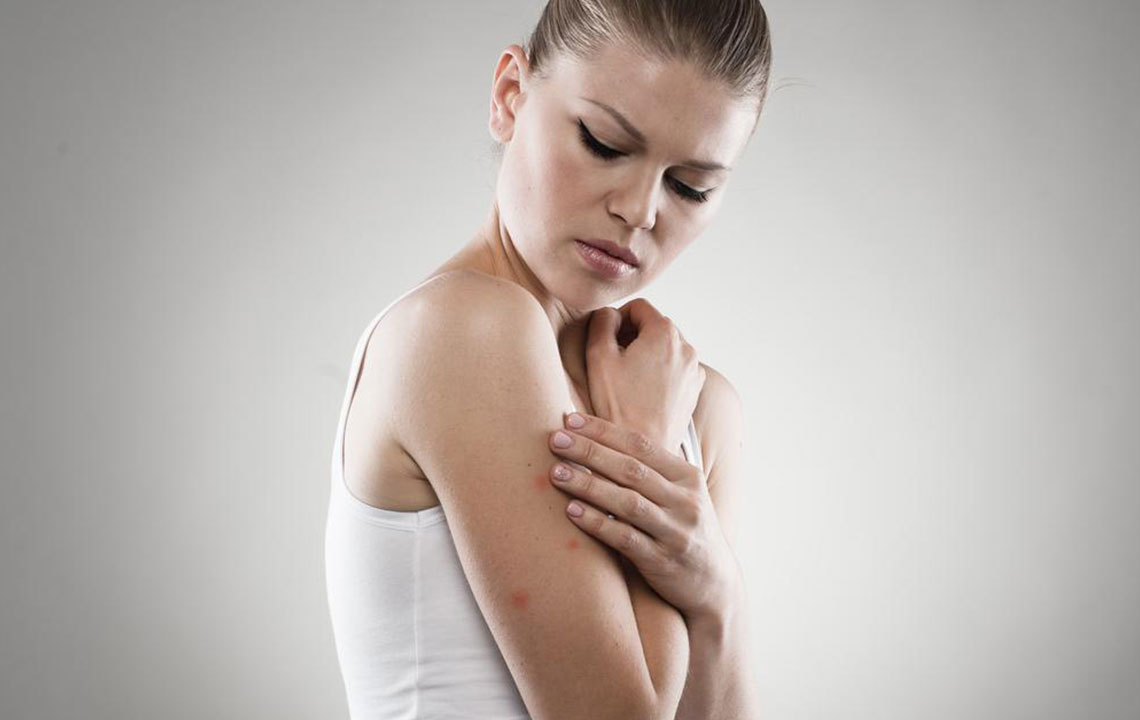Here Are a Few Things to Know about Eczema Treatments

Many people often complain about skin diseases and often refer to it as eczema. But, eczema is an umbrella term for a group of skin conditions and diseases. As many as 11 skin conditions can result in eczema. The common symptoms of eczema usually include a series of blisters over the skin which may eventually ooze and cause a crusted skin. Also, constant itching is quite common to a person suffering any case of eczema. Even though there are a variety of cures: both home and professional, it is better to be first aware of the ways to prevent it rather than suffering afterward. Great skin care is required, and the same must be done to prevent the pain and unease that comes in the form of eczema.
It is important to know the type of eczema to treat it effectively. Atopic dermatitis is the first type. It is one of the most common types of eczema, and it is genetic. Irritant dermatitis is usually caused by constant exposure to toxic substances. Allergic contact dermatitis is usually caused due to an allergic substance. This happens when the skin is exposed to a toxic substance repeatedly; this causes the immune system to produce eczema. Statis dermatitis usually occurs at the lower legs of a person with poor blood circulation at that part. Fungus infections, though they look like ordinary eczema, can be identified when looked at through a microscope. Scabies is caused by an infection of the human itch mite and may produce a rash very similar to other forms of eczema.
Another type of eczema is pompholyx; it usually affects hands and sometimes legs, resulting in tiny blisters at the corners leading to a very uneasy and itchy skin. Lichen simplex chronicus results in thickened skin at the neck or lower leg. Nummular eczema causes coin-shaped patches on lower legs. Xerotic (dry skin) eczema occurs on the excessively dry skin. What happens is that the overly dry skin oozes resulting in eczema. Seborrheic dermatitis produces a rash scalp usually on the scalp, face, ears, and occasionally the mid-chest in adults. It can be even more severe in infants resulting in oozing rashes on ears and sometimes the whole body.
Even though many times eczema condition requires medical attention, there are some prevention techniques which help to avoid medical treatments. Such preventions mostly include applying moisturizers and ointments. Sometimes, applying these moisturizers can be one of the most effective and best eczema treatments rather than just a prevention. Also, it might be wise to keep a check on food intake. This is because healthy food is always the first step towards a healthy body and for prevention of any diseases. And, eczema just might be one of them.
To treat eczema, it is first important to diagnose what kind of condition it exactly is. Only after the correct condition has been diagnosed can it be treated correctly. A severe case can only be diagnosed by a professional dermatologist by close examination of the skin. Sometimes, it might be required to send a skin sample to the laboratory to examine it properly.
Treating eczema usually includes controlling itching, healing skin, preventing flares, and then preventing any infection. Further, things like age, medical history, and intensity of symptoms must be kept in mind. The best eczema treatments require repeated cycles of application of dilute solutions of vinegar or tap water often in the form of a compress followed by evaporation. Often, it is recommended to perform it in front of a fan after the compressing is done. To make it as much effective as possible, topical steroids can be applied. In a very severe case, it is best to utilize some of the systemic steroids.
There are also medications which when prescribed by a doctor can be very effective. Corticosteroid creams, solutions, foams, and ointments are helpful to treat eczema. Corticosteroid pills, liquids, or shots can also be helpful against extreme eczema, but these must be taken with care and only for a short time since long-term condition may cause bone loss or even more severe skin damage. Then some drugs help in shutting down the immune system for some time. This prevents the defenses from overreacting. These drugs can be taken as pills, liquids, or shots. But they have their limitations too. An excess consumption can lead to unhealthy medical conditions such as high blood pressure or kidney problems.
There are many more best eczema treatments in addition to the ones mentioned above. One may make use of any of these best eczema treatments or more than one depending on their condition and requirements. But the thing that is to be kept in mind is that one must know the cons of using them and use these best eczema treatments with caution.


